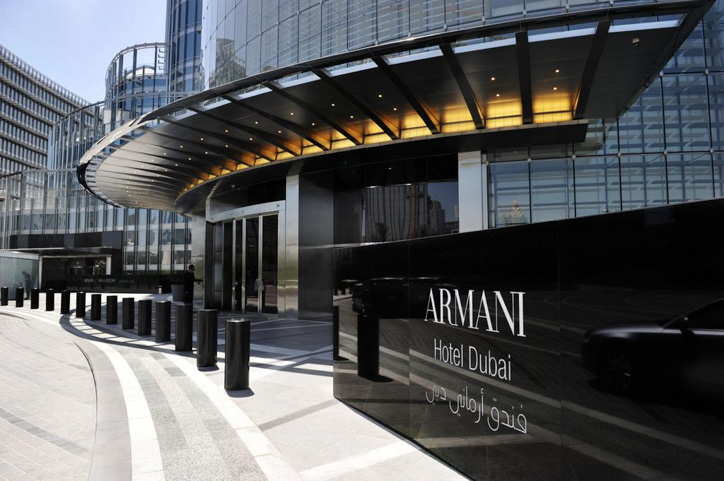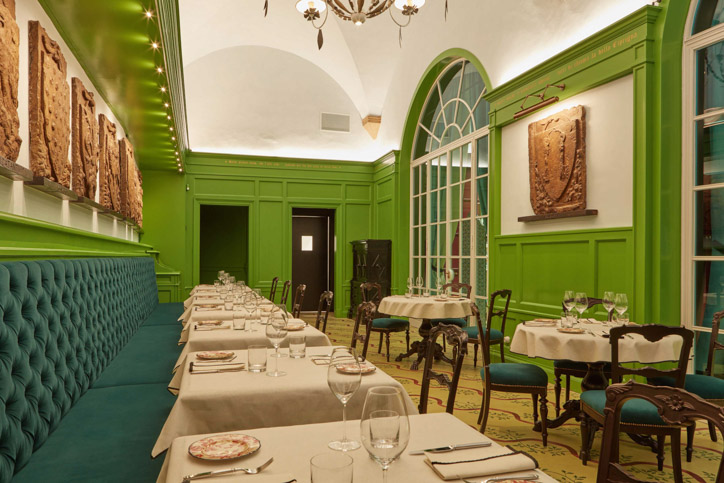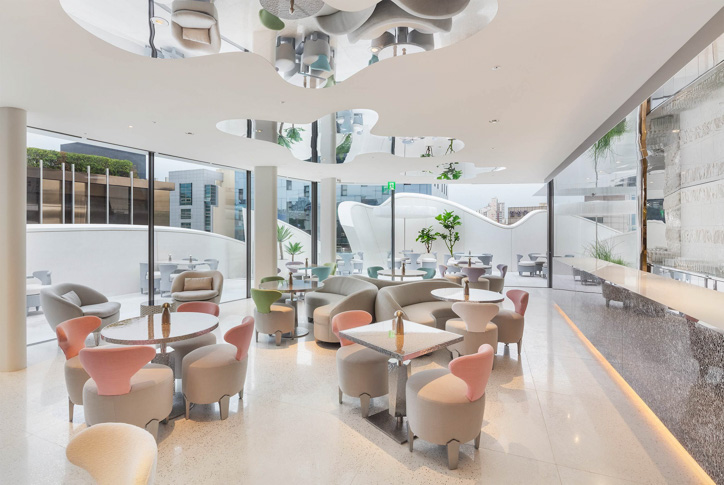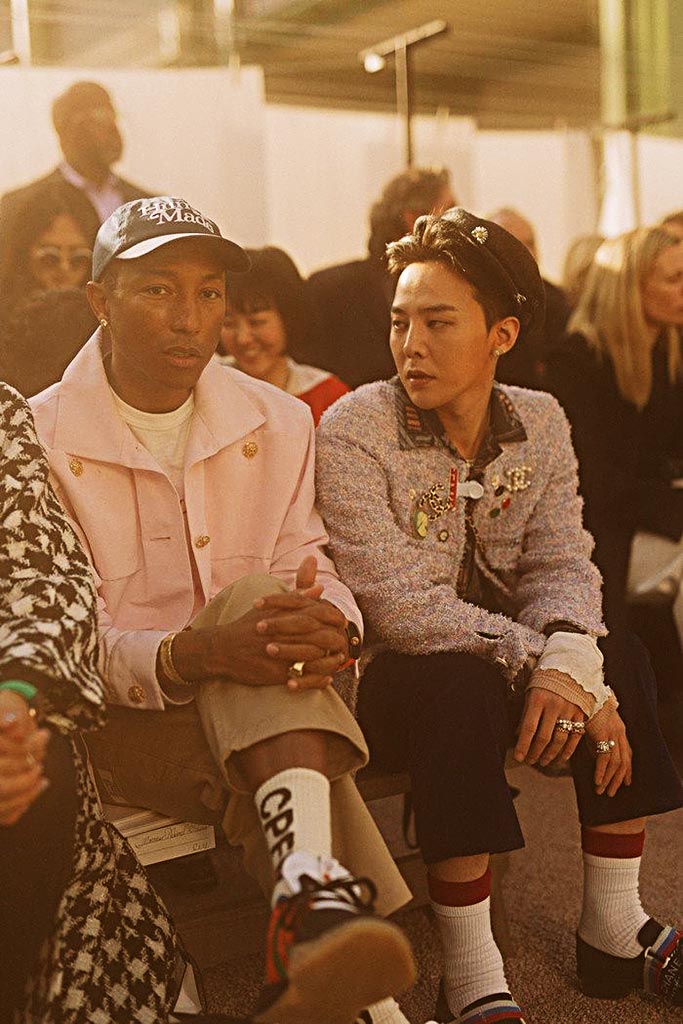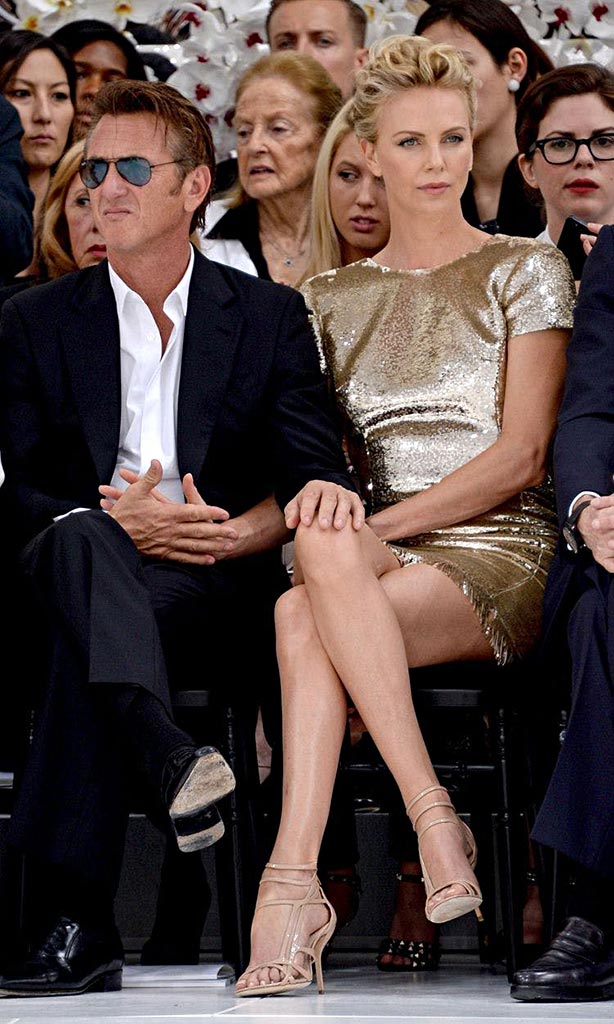We delve into the reason behind the sudden trend of luxury fashion brands diversifying into the world of hospitality.
We often hear the argument of non-fashion enthusiasts asking us this question: Why spend almost (if not more than) a thousand dollars just for a single bag, shoe, or clothes. And perhaps it’s safe to say that their mentality is primarily backed up by what they value most when buying: practicality. For the record, that’s inarguably right in order to survive. But we’re not one to judge given the status of the world economy, especially the time of the baby boomers.
It just so happens that it has also been ingrained on how coming generations after them would respond to luxury fashion. They assert that it ultimately brings nothing that can put actual food on the table. Well, it looks like that argument is now debunked—if we’re speaking in terms of technicalities.
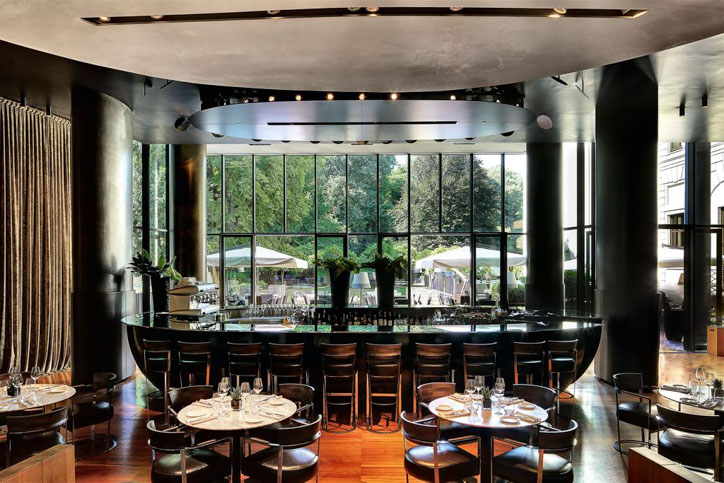
Over the past couple of years, luxury houses have started turning to the hospitality industry—whether it’s through a hotel, restaurant, or cafe. The trend started way back in 2004 when Bulgari had a joint venture with Luxury Group, part of the Marriott International. Together, they have put up their first foray into the hotel industry with the Bulgari hotel in Milan, Italy.
After the success of it, more storied fashion houses followed suit. There’s the ever-luxurious Armani hotel in Dubai, Palazzo Versace in Gold Coast, Australia, and the Round Hill Hotel and Villas by Ralph Lauren in the Carribean, specifically in Jamaica.
Now if other brands have already diversified into hotels, there were also labels who pursued the food and beverage services. From the Gucci Osteria in Florence, Dior Cafe in South Korea, to the Tiffany and Co. Blue Box Cafe in the heart of New York, luxury fashion brands do not only satisfy your dreams anymore but also of your stomach—literally.
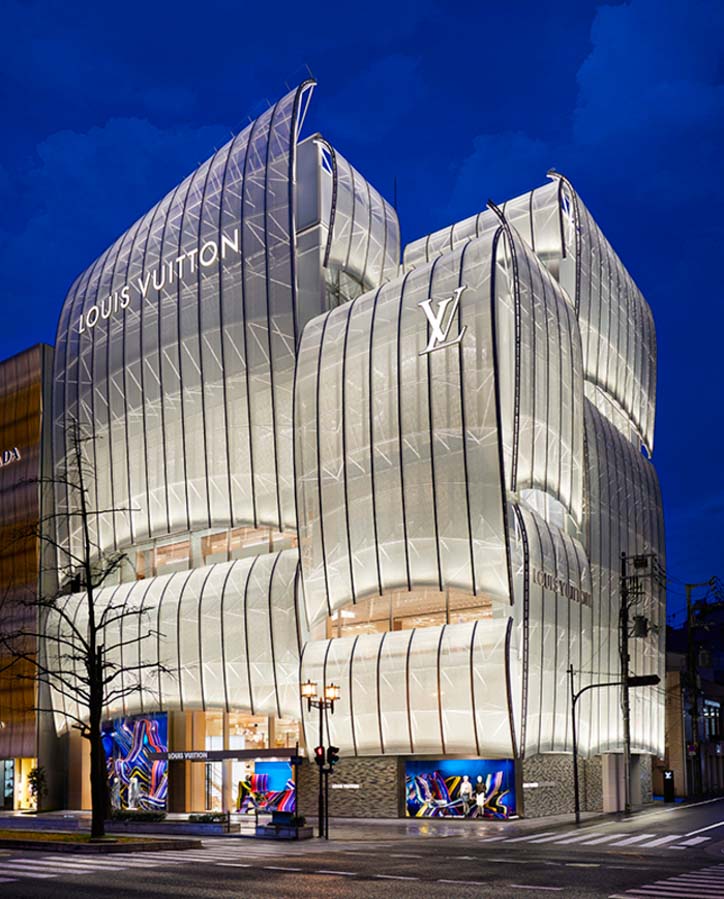
And the most recent one to join the fray is Louis Vuitton’s “Le Café V” boasting a new four-story building in Osaka, Japan. Hence, making everyone more excited to see what’s next for fashion labels in the hospitality sphere.
The Art of Reinvention
When a company is already at the top, it’s difficult and very challenging to keep the momentum going. Not only must one constantly deliver excellent results all the time; there’s also a need to keep on putting new creations out there. That’s why fashion brands keep on releasing new collections bi-annually, and sometimes collaborations in between.
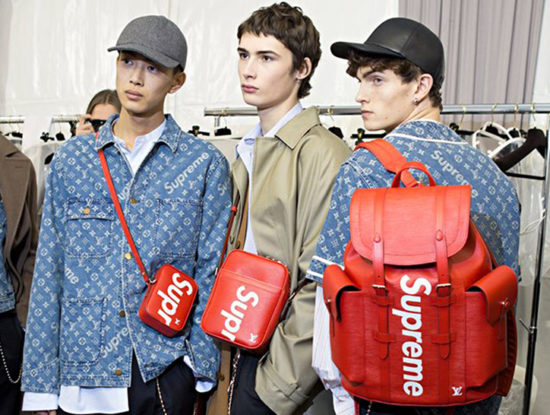
However, for a brand to really flourish beyond what it has already established for decades, it must understand the art of reinvention. Redefining and expanding their empire is critical because relevance is the key to survival.
As we are now in the fourth industrial revolution, where the physical world is slowly merging with the digital sphere and technologies blurring the line between the two, fashion brands are left with a challenge on how to stay relevant. It seems that having offline advertisements aren’t enough, because an online presence is more powerful than ever.
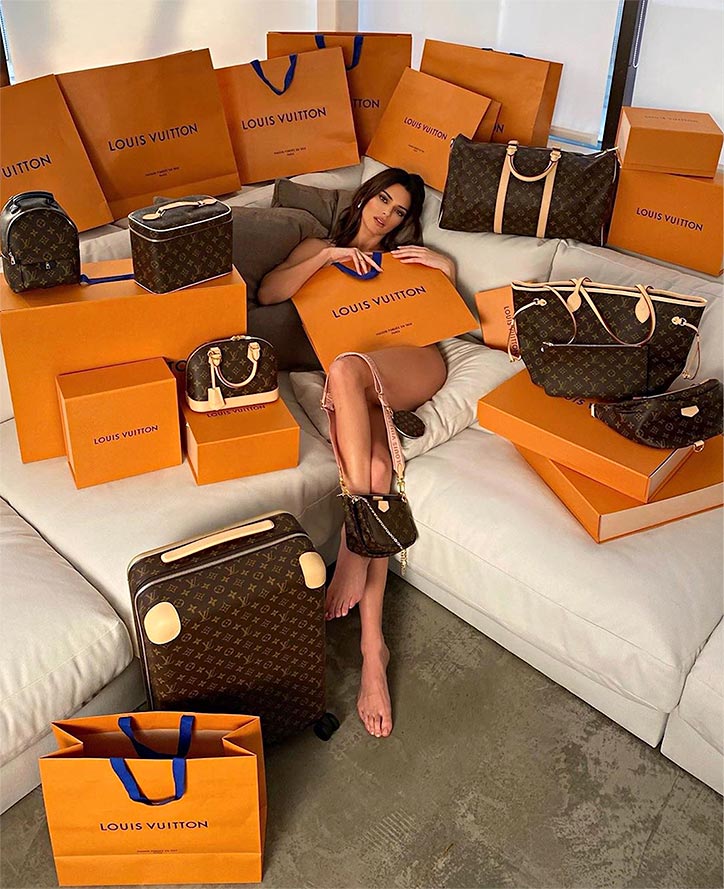
We are at an epoch where everything has to be posted on social media. Questions like what did you buy, where did you travel, or who are you with, should be answered by your posts. With that in mind, consumers today are increasingly looking for experience-related services, especially that luxury is more accessible.
And this is where the Baby Boomers and Millennials start to differ. While both generations understood the value of practicality, what they differ is how they prefer to spend their money, if and only if, they opt to invest in any luxury product or service.
The former would normally spend only on products such as a Louis Vuitton bag or a Cartier jewelry. On the other hand, the latter would prefer to spend their money on an overall luxury experience, because, again, they want to post it on their Instagram.
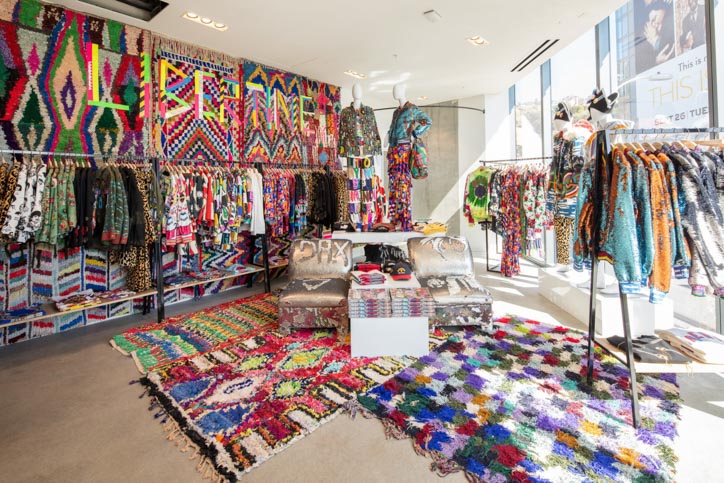
According to a Forbes article where luxury retailer Fred Segal’s CEO Allison Samek explained, “now more than ever, the luxury consumer is looking for an experience, [where] Fred Segal has been perfecting what people are now coining experiential retailing.”
“We’ve always offered the customer a place to not only shop but to listen to music, eat amazing food, touch, feel, and play with the product, and most importantly, hang out with their friends and community,” Samek added. So, this just proves that this is the next “luxury” people are investing in. Gone are the days where only the material things matter, welcome the new overall luxury experiences life has to offer.
It’s The Business of Luxury, not Fashion
Ever wondered how luxury designers are able to put an incredible pricing power and margin to their goods when de facto, it also has the same manufacturer and quality materials that low-end brands have? Answer’s simple: it’s luxury.
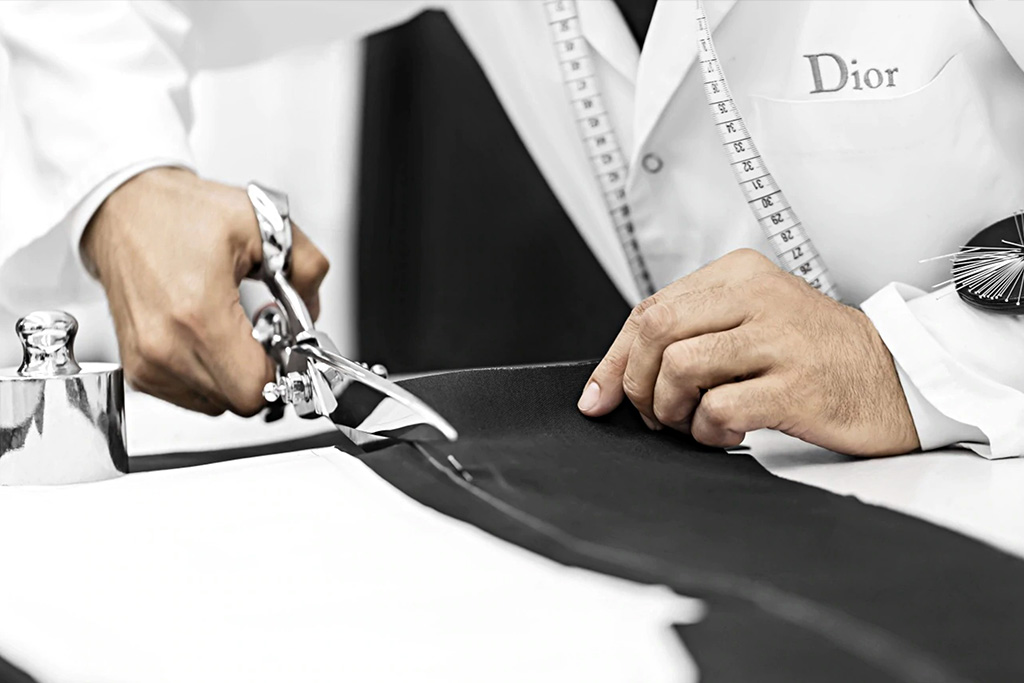
While it may sound easy, to earn the title “luxury” is not. A common misconception of people on what makes a certain item luxury is its price. Once they see the price is over-the-top, consumers have the tendency to automatically consider it as a luxury. But in reality, it’s not.
Price alone can never dictate what makes a brand a luxury; rather it is defined by its heritage, time (when it was established), quality, and prestigious or exclusive clientele patronizing the brand. The perfect examples would be Chanel and Dior.
Both brands have already proved that their products are a luxury. It was established way back the 19th to early 20th century, consistently creating breathtaking quality goods, and now, have a long list of prestigious patrons such as Pharell Williams for Chanel and Charlize Theron for Dior.
So, if you’ll actually look at it closely, luxury brands have become society’s tastemakers. It teaches and shows the high society and aspiring socialites what is a luxury and what is not. In addition, this is also why luxury Maisons do haute couture shows featuring avant-garde creations—pieces that won’t be normally worn—because it serves as an art or an expression of the designer.
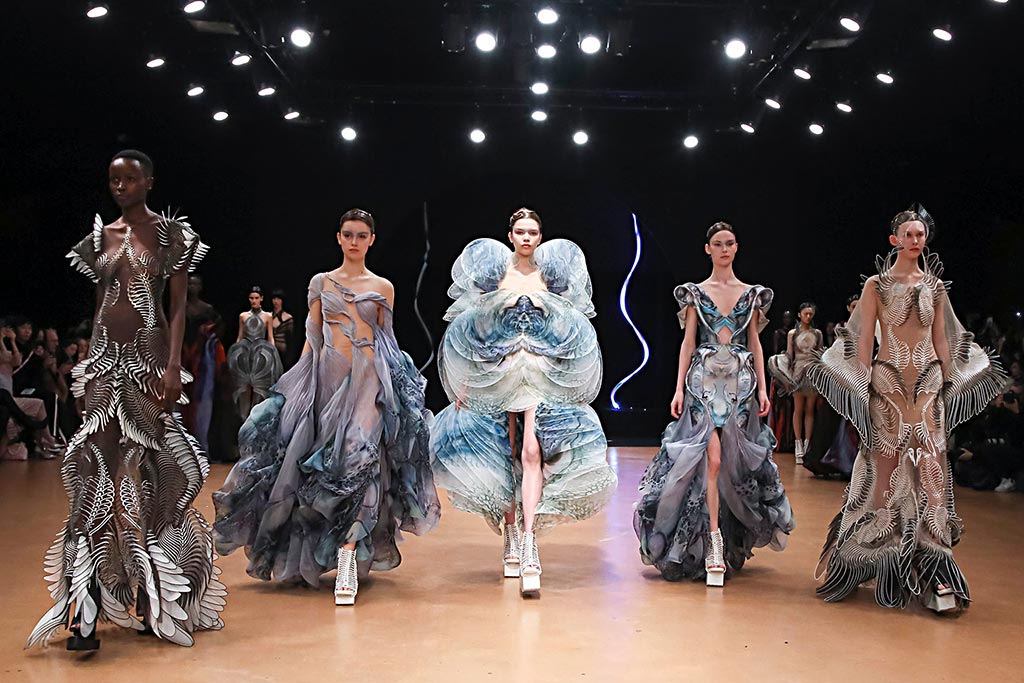
Since these luxury brands already have an existing brand reputation, they took the best opportunity to turn their luxury status into even more revenue with a bigger return of investment. They’ve decided to expand into the hospitality industry, because what consumers are craving for nowadays is none other than a stamp of luxury in everything that they do.
In the long run, it all points back to experiential retailing, for it urged brands to remodel their marketing strategy. By adding an in-store experience, their customers would have a higher chance of coming back to the brick and mortar, thus, surviving the digitization of commerce—a challenge where a handful of fast-fashion brands and retailers have failed.

